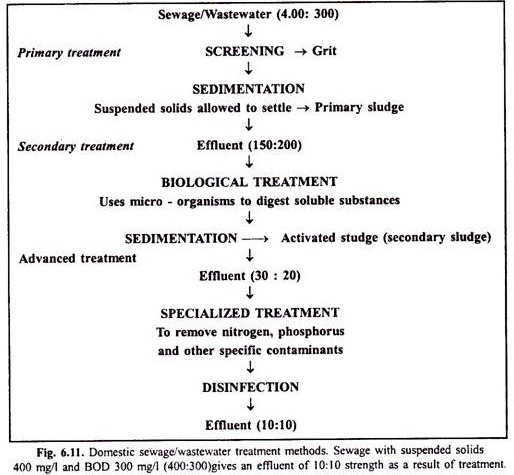ADVERTISEMENTS:
The process of polymerization of amino acids to form a polypeptide is known as translation, see colored image 4.8.
The sequence of bases in the mRNA defines the order and sequence of amino acids.
The amino acids are joined by a bond which is known as a peptide bond. Formation of a peptide bond requires energy.
Therefore, in the first phase itself amino acids are activated in the presence of ATP and linked to their cognate tRNA-a process commonly called as charging of tRNA or amino acylation of tRNA to be more specific. If two such charged tRNAs are brought close enough, the formation of peptide bond between them as shown in Figure tRNA – the adapter molecule would be favored energetically.
The presence of a catalyst would enhance the rate of peptide bond formation. The cellular factory responsible for synthesizing proteins is the ribosome. The ribosome consists of structural RNAs and about 80 different proteins. In its inactive state, it exists as two subunits; a large subunit and a small subunit. When the small subunit encounters an mRNA, the process of translation of the mRNA to protein begins.
There are two sites in the large subunit, for subsequent amino acids to bind to and thus, be close enough to each other for the formation of a peptide bond. The ribosome also acts as a catalyst (23S rRNA in bacteria is the enzyme- ribozyme) for the formation of peptide bond.
A translational unit in mRNA is the sequence of RNA that is flanked by the start cordon (AUG) and the stop cordon and codes for a polypeptide. An mRNA also has some additional sequences that are not translated and are referred as untranslated regions (UTR). The UTRs are present at both 5′ -end (before start cordon) and at 3′-end (after stop cordon).
ADVERTISEMENTS:
They are required for efficient translation process. For initiation, the ribosome binds to the mRNA at the start cordon (AUG) that is recognized only by the initiator tRNA. The ribosome proceeds to the elongation phase of protein synthesis. During this stage, complexes composed of an amino acid linked to tRNA, sequentially bind to the appropriate cordon in mRNA by forming complementary base pairs with the tRNA anticodon.
The ribosome moves from cordon to cordon along the mRNA. Amino acids are added one by one, translated into Polypeptide sequences dictated by DNA and represented by mRNA. At the end, a release factor binds to the stop cordon, terminating translation and releasing the complete polypeptide from the ribosome.
